For a self-assigned project, I decided to try and create every possible game of tic-tac-toe. To store and represent each of these games, I decided to use a matrix with 9 columns and 362880 rows. Each row is one game, where the odd columns are "X's" moves and the even columns are "O's" moves.
(1,2,3,4,5,6,7,NULL,NULL) represents a game where X wins.
This is why I want to generate every nine digit number that does not contain duplicate integers, as a duplicate integer would mean that a player tried to mark a position that is already occupied.
Below is the beginnings of one possible method
#create matrix that can contain all possible arrangements of moves on a tic-tac-toe board
tictactoematrix <- matrix(ncol = 9, nrow = 362880)
j = 1
k = 1
#create list of possible moves
move <- list(1,2,3,4,5,6,7,8,9)
#populate every row with numbers 1-9
for(i in 1:362880){
tictactoematrix[i,1] <- move[[1]]
move[1] <- NULL
tictactoematrix[i,2] <- move[[1]]
move[1] <- NULL
tictactoematrix[i,3] <- move[[1]]
move[1] <- NULL
tictactoematrix[i,4] <- move[[1]]
move[1] <- NULL
tictactoematrix[i,5] <- move[[1]]
move[1] <- NULL
tictactoematrix[i,6] <- move[[1]]
move[1] <- NULL
tictactoematrix[i,7] <- move[[1]]
move[1] <- NULL
tictactoematrix[i,8] <- move[[1]]
move[1] <- NULL
tictactoematrix[i,9] <- move[[1]]
move[1] <- NULL
move <- list(1,2,3,4,5,6,7,8,9)
}
The output:
Now obviously the problem with is that every row is identical, while I want them to each be unique. And what I can't for the life of me figure out is how to rearrange every number in the
move <- list(1,2,3,4,5,6,7,8,9)
into every possible combination.

